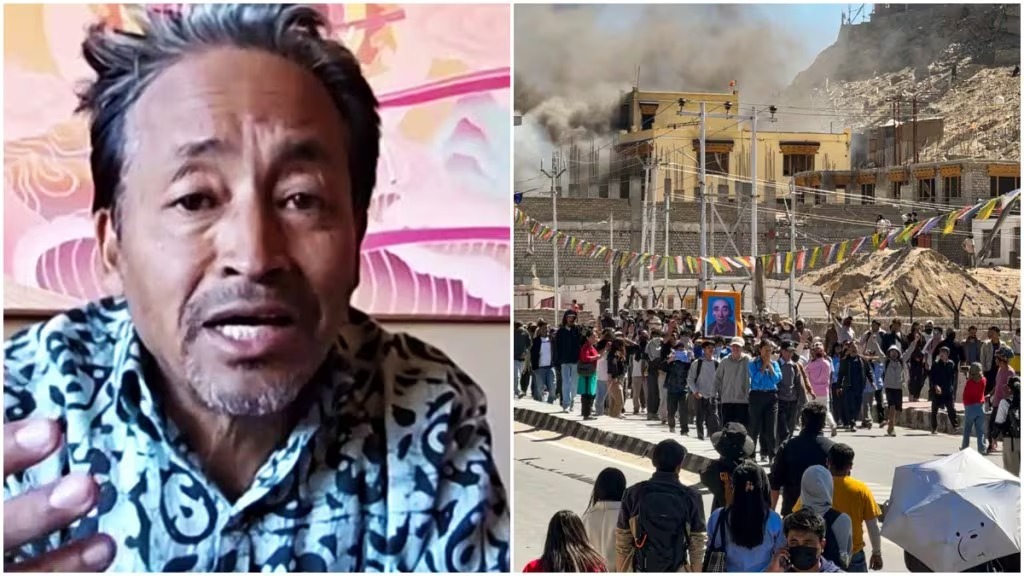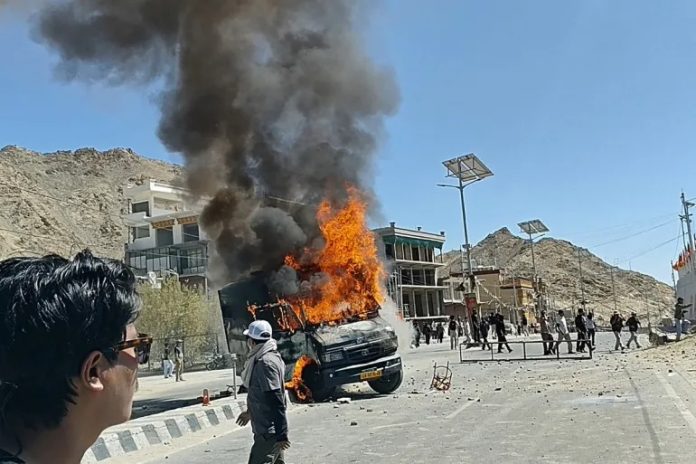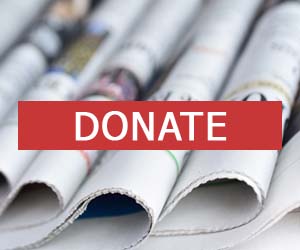–Atoofa Nasiha
For decades, Ladakh has been known for its mountains, culture, and strategic importance. But in recent years, its people have been raising their voices for something more like political recognition, safeguards for their land and identity, and genuine participation in decision-making. The recent protests in Leh and Kargil, largely driven by Gen Z activists and youth, have now brought these issues into national focus, after days of unrest, hunger strikes, and violent clashes that left at least four dead.
Why are People Protesting?
The unrest in Ladakh is not sudden. It comes after years of dissatisfaction following the revocation of Article 370 in 2019, which split the former state of Jammu and Kashmir into two Union Territories, J&K and Ladakh. While some initially welcomed Union Territory status, many soon felt excluded from political processes.
 Protesters, led mainly by the Leh Apex Body (LAB), the Kargil Democratic Alliance (KDA), and Gen Z youth groups, are making four key demands:
Protesters, led mainly by the Leh Apex Body (LAB), the Kargil Democratic Alliance (KDA), and Gen Z youth groups, are making four key demands:
- Full statehood for Ladakh, so that ‘decisions are made locally rather than by New Delhi’;
- Constitutional protection under the Sixth Schedule, which would safeguard indigenous tribal communities and give them more control over land and resources;
- Job reservations and guarantees for locals, ensuring employment opportunities in government and private sectors; and
- Separate parliamentary representation for Leh and Kargil to strengthen political voice.
The trigger: Hunger Strikes and Broken Promises
The protests gained momentum when two elderly hunger strikers, who had been fasting for more than 30 days, fell seriously ill. Their deteriorating health became a symbol of the community’s frustration with what they see as repeated unfulfilled promises from the central government. Gen Z activists and youth groups then joined the movement, broadening its reach and intensity.
Violence in Leh
On September 24, 2025, a bandh (shutdown) in Leh turned violent. Protesters clashed with police, set fire to a BJP office and a police vehicle, and pelted stones. Security forces responded with tear gas. By the end of the day, at least four people were killed and dozens were injured. Authorities imposed a curfew, restricted gatherings, and arrested over 40 protesters.
The violence has marked a turning point, showing how quickly peaceful demands can spiral when tensions remain unresolved.
Government’s Response
The administration imposed curfews in parts of Leh, banned large gatherings, and increased security presence. Authorities also accused protest leaders of making provocative speeches. Meanwhile, the central government cancelled the FCRA licence of the Students’ Educational and Cultural Movement of Ladakh, an NGO led by activist Sonam Wangchuk, saying it had violated funding rules. Wangchuk has been one of the most visible faces of the protest movement, drawing national attention to Ladakh’s concerns.
Voices from the Ground
Community members describe the protests, particularly the participation of Gen Z youth, as a fight for dignity and survival.
“We are not asking for anything extraordinary. We are only asking for our rights, for protection of our land and identity,” said Sonam Wangchuk, Ladakh activist. (Al Jazeera)
A protester in Leh told reporters, “If our voices are not heard today, Ladakh’s youth will have no future tomorrow.” (The Times of India)
These statements clearly show more than just anger, but a deep fear of losing cultural and political space in their own homeland.
What Lies Ahead
The situation in Ladakh is fragile. On one side is the government’s concern about security and separatist tendencies. On the other side is a community, including Gen Z youth that feels sidelined from decisions about its future. With curfews and arrests already in place, the path forward will depend on whether meaningful dialogue can be held between the central government and local leaders.
For Ladakhis, the question remains: will their demands for statehood and constitutional protections be heard, or will the gap between Delhi and the mountains of Ladakh continue to widen?
References:
- Al Jazeera
- Deccan Herald
- Times of India
- Reuters
- AP News
- Economic Times
- Hindustan Times
- Press Information Bureau (PIB)
- Big News Network




